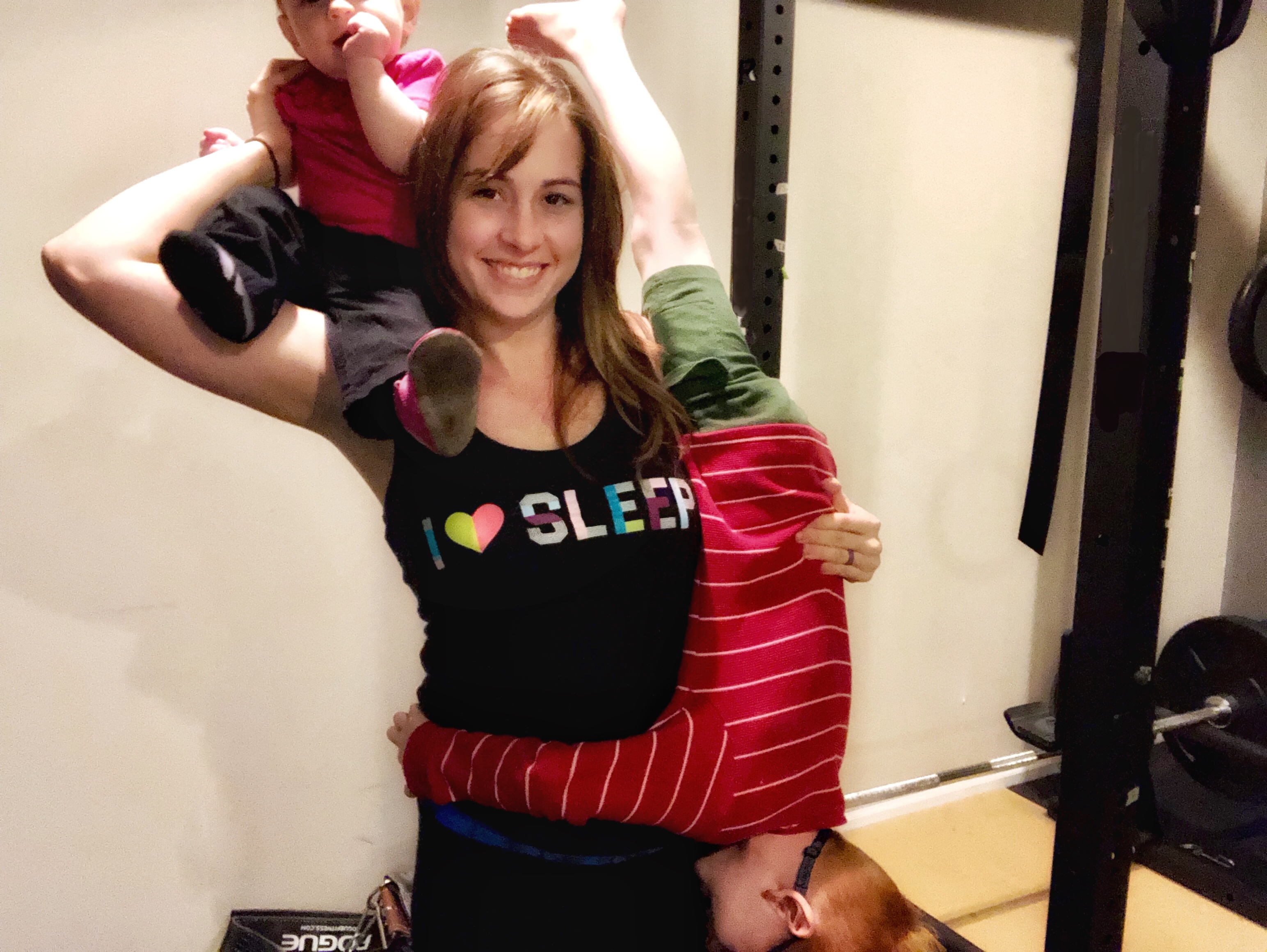4 Step Guide to Meal Planning
- Megan Marcum

- May 13, 2019
- 4 min read
Updated: May 28, 2021

We’ve all been there. You get home from work late, you’re starving, and there’s no food ready to eat. So you reach for some less than ideal dinner choices:
Fruit snacks, cheerios, an M&M in the couch cushion… whatever you can find.
The only way to avoid those moments is to plan for it.
Meal Plan vs. Meal Strategies
I don’t do meal plans for clients. It doesn’t help them in the long-term.
Instead of telling someone WHAT to eat, I teach them how to do their own meal plans, setting them up for a lifetime of better choices.
This Instagram post illustrates it nicely:
(If you’re interested, click the picture and read my top 3 reasons behind this mindset.)
Meal planning isn’t something most people are magically good at. Like any new skill, it takes practice and a little trial and error to get decent at it.
Below, I’ve outlined my 4-step approach to making a weekly meal plan:
1. Map Out Your Week
At its very basic, all you need is a pen and paper to complete this task. If you prefer a more digital approach, you can use Google calendar, or a paid program like Plan to Eat.
Start by scheduling which meals are at home, which ones are at the office, and when you’ll have to eat on the go.
It’s important to schedule every meal you’ll eat.
Pay attention to which days you’ll have more time for cooking, and which days you’ll need access to something fast.
2. Make a Menu
Using the schedule you just made, the next step is to assign appropriate recipes to each meal.
For example, on Tuesdays our son has an afternoon practice that goes into the evening, so I plan something for my slow cooker that can be ready when we get home.
On Saturdays, we have a little more time at the house, so I plan something a little more involved, like these Healthy Stuffed Shells.
Be sure to add a vegetable to your meal if the recipe doesn’t already have one included. Even if you just write down “frozen broccoli” or “salad,” then it’s on your menu so you can prepare it.
If you need some recipe ideas, check out some of ours here.
3. Shop for Ingredients
Now it’s time to make a list of every ingredient you need from the recipes you’ve selected for the week.
Once you have your list, you can make quick work of the grocery store, or easily shop online.
We have a grocery shopping service we regularly use for the convenience of not having to get the kids out of the car and drag them through the store. If you’ve never used one, it might be worth checking into, as more have become available in the past year.
Bonus tip: Sometimes I forget to schedule a grocery pick-up and have to do it a day late. So I make an 8 day meal plan, allowing a 1 day grace period. It’s a huge stress reliever not having to scramble to figure out dinner the next day when I get groceries.
4. Food Prep
There’s more than one approach you can use to make the most of your food prep time. I’m splitting them up into options A, B, and C, so you can decide what will work best for you.
A) One Day A Week
A trend right now is prepping and cooking all your meals for the week in one day. While it saves time for 6 days of the week, you’ll need to set aside several hours on that 7th day.
If that sounds like too big a commitment, you don’t necessarily have to prepare the entirety of every meal. Taking care of foods that are more time consuming (like cooking meats, beans, potatoes, rice, or chopping veggies) can be the most beneficial.
B) Morning or Evening Prep
Set aside extra time either in the morning to prepare the day’s food, or in the evening to prepare the next day’s food.
The goal is to eliminate as much as you can before you go to cook. This can mean you chop your veggies, marinate and/or cut your meat, or cook your beans ahead of time. Or knock it all out and cook the recipes for the upcoming day.
C) Double Up
This is my personal favorite. It works well when I have the kiddos and need to get some cooking done, but it does take some practice to pull it off.
Cook dinner while you cook the next day’s dinner.
You’ve got 4 burners on that stove — use 'em all! You’re already spending time cooking, so cooking another meal while you make that day’s dinner won’t add much time.
At the very least you can wash and chop the next day’s veggies and meat/beans.
Whatever prepping you do, pack prepared food in clear containers and make them accessible. Keep a list on the front of the fridge so everyone knows what’s inside.
How Does This Help?
Meal planning is one of your most valuable tools when trying to lose weight, or just live a healthier lifestyle.
It eliminates the hunger scramble and poor choices that are made when good food options aren’t readily available.
Pair it with learning to eat sensible portions (just use your hand), and it’ll help you reach your goals better than any trendy diet.
For more ideas on small steps you can take to achieve long-term results, download our free ebook, “Forever Fat Loss.”



























Comments